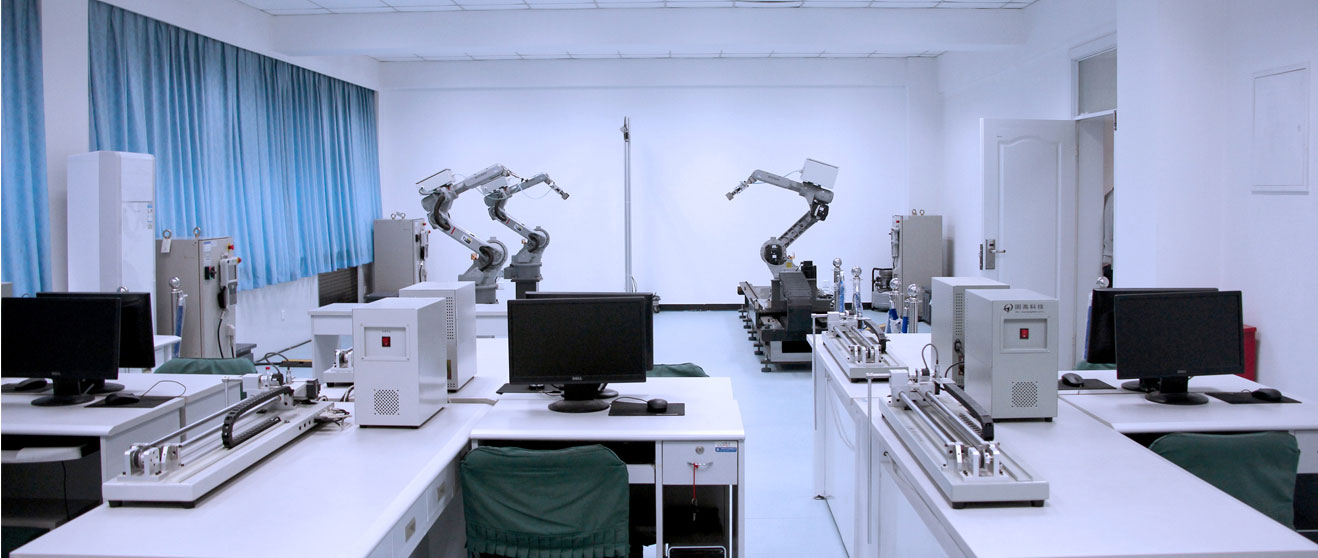2021-12-08 WHAT'S NEW Views 1376
Laboratory analysis instrument internal purge, cleaning gas chromatograph shutdown, open the side and back panel of the instrument, with instrument air or nitrogen to purge the dust inside the instrument, the dust is more or not easy to purge with a soft brush with processing. Purging is completed, the existence of the local water organic pollution of an instrument or organic solvent to scrub, to wipe water soluble organic matter to water, in areas not thoroughly clean can be treated with organic solvent, the water-insoluble or may react with water with organic matter does not react with the organic solvent to clean, Such as toluene, acetone, carbon tetrachloride. Be careful not to cause corrosion or secondary contamination to the surface or other parts of the instrument during wiping.
1. Maintenance and cleaning of circuit board:
Gas chromatograph ready for maintenance, cut off the instrument power supply, first of all with instrument air or nitrogen to the circuit board and circuit board slot for blowing, blowing with soft brush with the circuit board and slot in the dust more part of the careful cleaning. Wear gloves to prevent static electricity or sweat stains from affecting some components on the circuit board. After the purge is complete, carefully observe the use of the circuit board to see if there is obvious corrosion of the printed circuit board or electronic components. The electronic components and printed circuits contaminated with organic matter on the circuit board are carefully wiped with absorbent cotton dipped in alcohol, and the interface and slot parts of the circuit board are also wiped.

2. Cleaning of glass liner and shunt plate:
Carefully remove the glass liner from the instrument. Use tweezers or other small tools to carefully remove the glass wool and other impurities in the liner. Do not scratch the surface of the liner during removal. If conditions permit, the glass liner can be cleaned with ultrasonic in organic solvent and used after drying. It can also be cleaned directly with acetone, toluene and other organic solvents, and can be used after drying after cleaning.
The ideal cleaning method for shunt plate is ultrasonic treatment in solvent, drying after use. You can also choose the appropriate organic solvent cleaning: after taking out the shunt plate from the injection port, first use toluene and other inert solvent cleaning, then use methanol and other alcohol solvent cleaning, drying after use.
3. Cleaning of shunt pipeline:
When the gas chromatograph is used for the analysis of organic compounds and polymer compounds, the freezing point of many organic compounds is low. During the emptying process of samples from the gasification chamber through the shunt pipeline, part of the organic matter is solidified in the shunt pipeline. After a long time of use of gas chromatograph, the inner diameter of shunt pipe gradually becomes smaller or even completely blocked. After the shunt pipeline was blocked, the instrument injection port showed abnormal pressure, poor peak deformation and abnormal analysis results. In the process of maintenance, regardless of whether the diverging pipeline is blocked or not, it is necessary to clean the diverging pipeline. The cleaning of shunt pipelines generally chooses acetone, toluene and other organic solvents. It is difficult to clean the shunt pipelines with serious blockage by simple cleaning method, and some other auxiliary mechanical methods need to be taken to complete. You can choose steel wire of appropriate thickness to dredge the diverting pipeline simply, and then clean it with acetone, toluene and other organic solvents. Because it is not easy to make an accurate judgment of the shunt part in advance, it is necessary to clean the shunt pipeline in the process of maintenance for the gas chromatograph of mobile shunt.
3. Cleaning of injection port:
For EPC control shunt gas chromatograph, due to long time use, it is possible to make some small injection pad debris into EPC and gas pipeline interface, at any time may cause blockage to EPC part or cause injection pressure changes. Therefore, during each maintenance process, try to check the EPC part of the instrument, and clean it with toluene, acetone and other organic solvents, and then dry it.
Injection port cleaning in maintenance, the gas chromatograph injection port of the glass liner, shunt plate, the shunt pipeline, EPC and other parts of the cleaning is very necessary. Due to reasons such as injection, injection port of the external condensation may form part of organic matter, at any time can dip in with cotton wool take acetone, toluene and other organic matter to initial injection port to wipe, and then to their organic matter with mechanical methods to remove first, pay attention to in the process of removal of organic matter of solidification must be careful operation, do not cause damage to equipment parts. After the solidified organic matter is removed, the instrument parts are carefully wiped with an organic solvent.
4. TCD and FID detector cleaning
The TCD detector may be contaminated by sediment discharged from the column or other substances entrained in the sample during use. Once the TCD detector is polluted, the instrument baseline jitter and noise increase. It is necessary to clean the detector. HP TCD detector can adopt the method of hot cleaning, the specific methods are as follows: close the detector, remove the column from the detector connector, plug the detector connector in the column box, set the flow rate of reference gas to 20 ~ 30mL /min, set the detector temperature to 400℃, hot cleaning for 4 ~ 8h, and can be used after cooling.